Seagate NAS Pro DP-6 Network Attached Storage Review
Conclusion and Final Thoughts

The Seagate NAS Pro DP-6 performs well against the QNAP-TS451 with four drives installed. Yes the DP-6 has six drive bays, but I used four drive bays as the lowest common denominator to do an apples-to-apples comparison between all the NAS devices. After the initial testing, I went back and configured a RAID 0 array with all six drives and ran the tests again to see if there would be an increase in speed and there wasn’t. Speeds of the 6-drive RAID 0 array were within +/- 2% of the 4-drive array. Granted I would NEVER use a RAID 0 array with production data unless it is constantly backed up. The ever so slight lag in performance between the Seagate and QNAP in the Anvil and Crystal Disk mark tests could be attributed to the QNAP having twice the amount of ram. I tested these as they came from the factory.
Seagate’s NAS OS is at release 4 (at the time of this review). It is an extremely easy interface and is very quick. The simplistic approach works very well in both home and business environments. The speed in which the DP-6 can be set up is measured in just a few minutes. After unpacking the box and plugging it in, I had shares on the network in less than 10 minutes. Everything that I needed to configure in the NAS was easy to find and well labeled. The help section of the OS is very in-depth and goes into detail about the settings.
Overall, I am extremely impressed with the Seagate NAS Pro DP-6. The ability to have an additional drive or two to act as a hot spare means more to me than storage capacity. I would consider myself a heavy data user with the photos and videos I take and even at 12 TB of storage capacity on a RAID 10 array, I barely scratch the surface. Production critical data is protected to a point with six drives available, but do not ever depend just on the drives as your only solution against data loss. Eventually, drives will fail.
The Seagate NAS Pro DP-6 will do well in large home offices and small to medium sized businesses. Fully loaded with six 4 TB disks the NAS tops lists right at $2000.00 but it can also be ordered empty for $649.99. These prices are a bit more expensive than the comparison NAS devices. However, the Seagate DP-6 offers two more bays. A large storage capacity, disk redundancy, and great performance all wrapped up in an attractive package tends to shoot the Seagate NAS Pro DP-6 to the top of the list.
[sc:must_have_award ]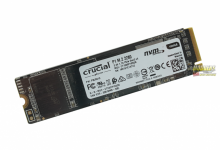
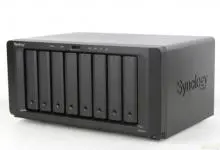


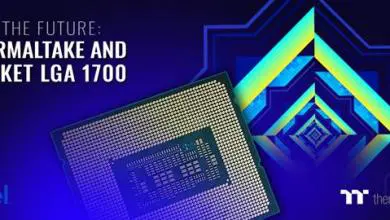
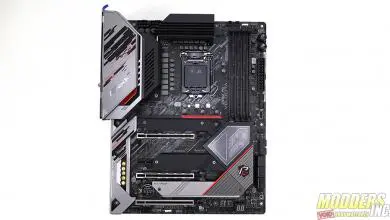
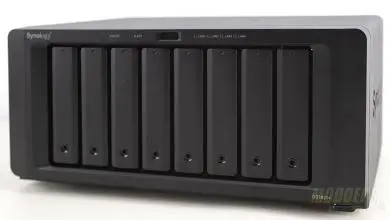
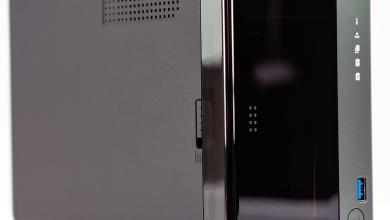

Hi Tom, I have this unit and was wondering if in your opinion the so-dimm memory module could be upgraded to a larger size? Also do you know if the stock memory is ECC?
I have this NAS, and use it for shared video editing storage with 2 editing systems. I wanted to make it work a bit faster, so I bonded the two Ethernet plugs into one “load balancing” 2Gb/s connection.
I got a Netgear GSS116E – ProSAFE 16-port Gigabit Click Switch specifically because it was able to do port aggregation.
The whole experience turned into a massive pain. I plugged the NAS into two of the switch’s ports and configured the switch to link those two ports together. It wouldn’t work. Eventually, I just tried moving the cables over to NON-aggregated ports on the switch, and the NAS popped right up on the network. I don’t know if the NAS and the GSS116e don’t have compatible port aggregation or what, but it just didn’t work. I do know that the GSS116e only does “static LAGs,” not LACP. According to the NAS’ monitoring info, it is putting out over 200MB/s (>1.6Gbps) with two plain old, unlinked gigabit ethernet ports.
So before you spend the money on a new network switch, try it out with what you have, just linking the ports in the NAS and plugging them into a dumb gig-e switch. That’s the only way I could get this to work.